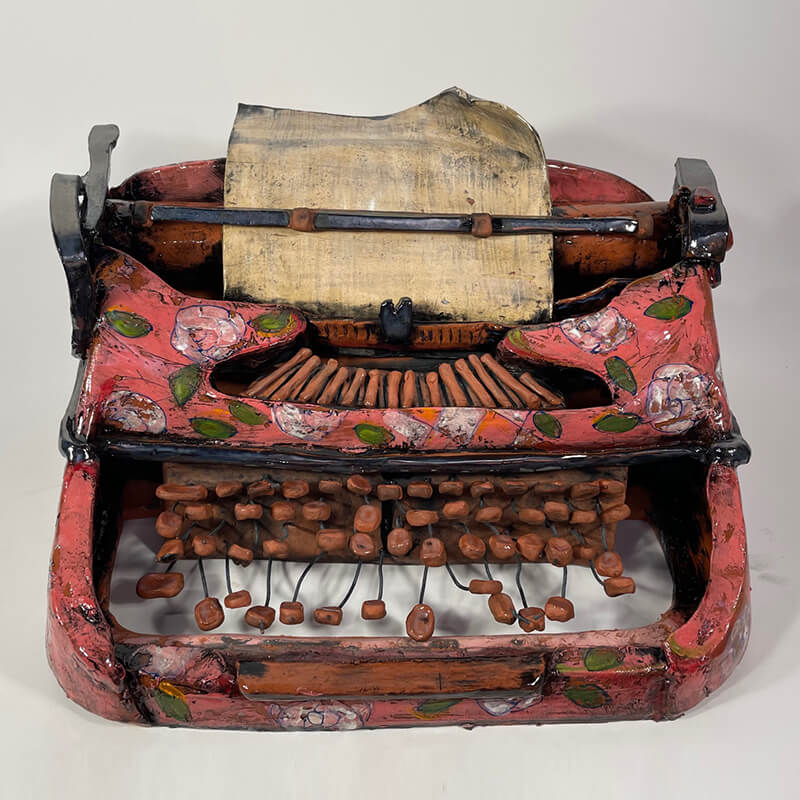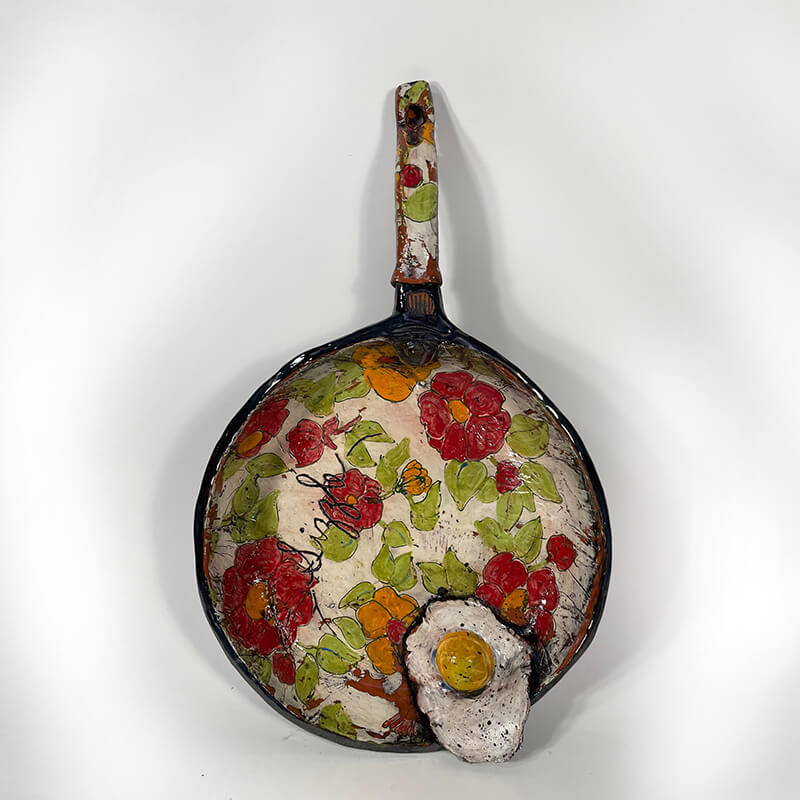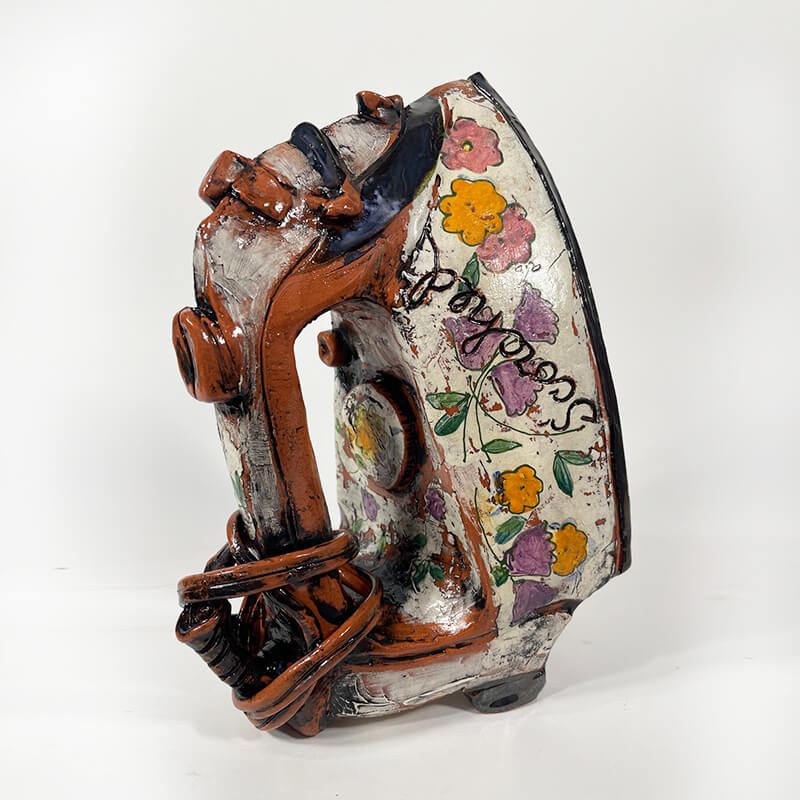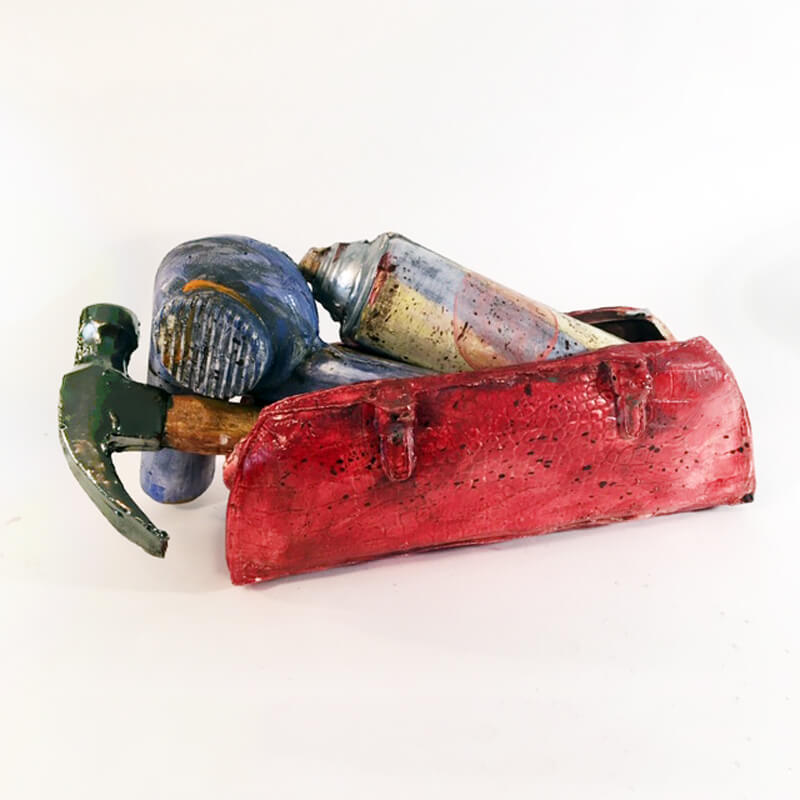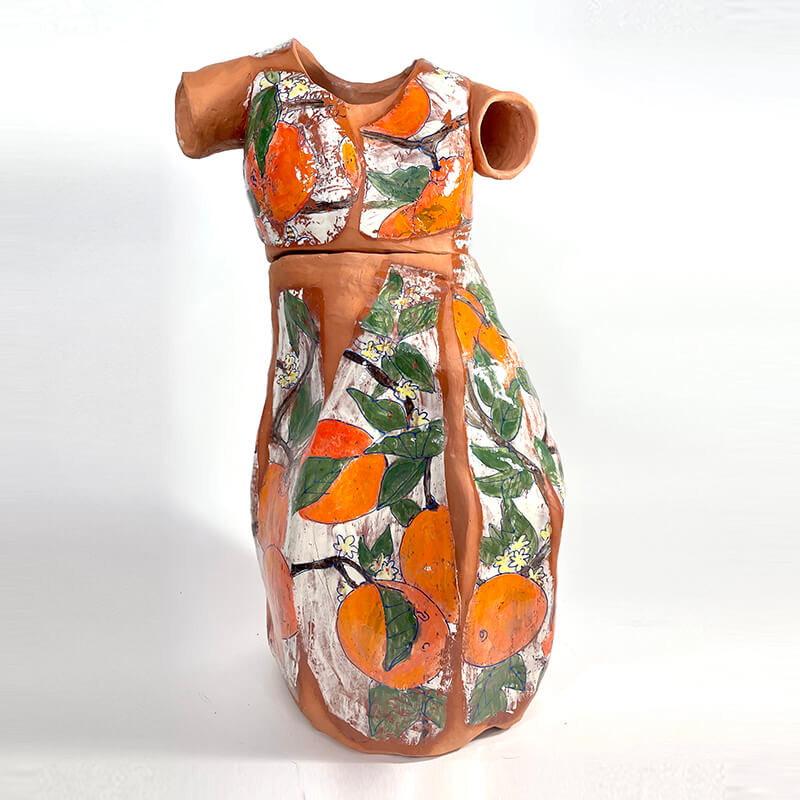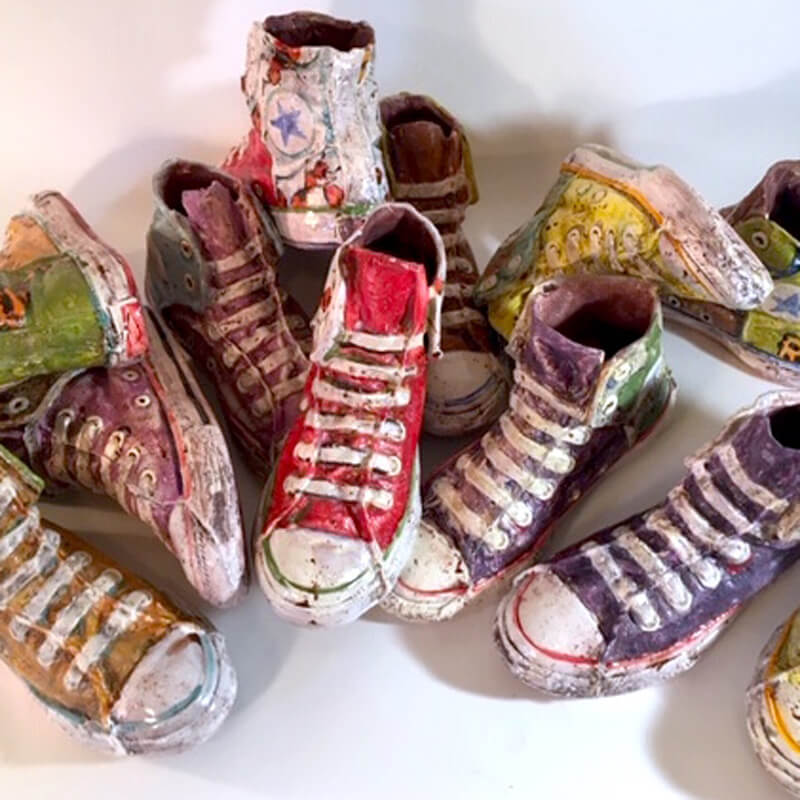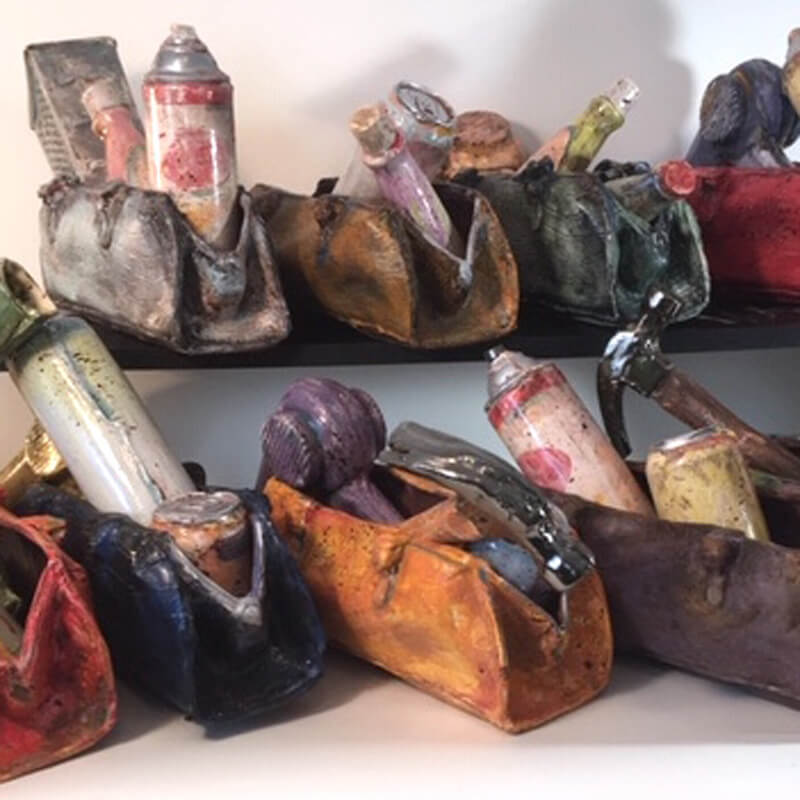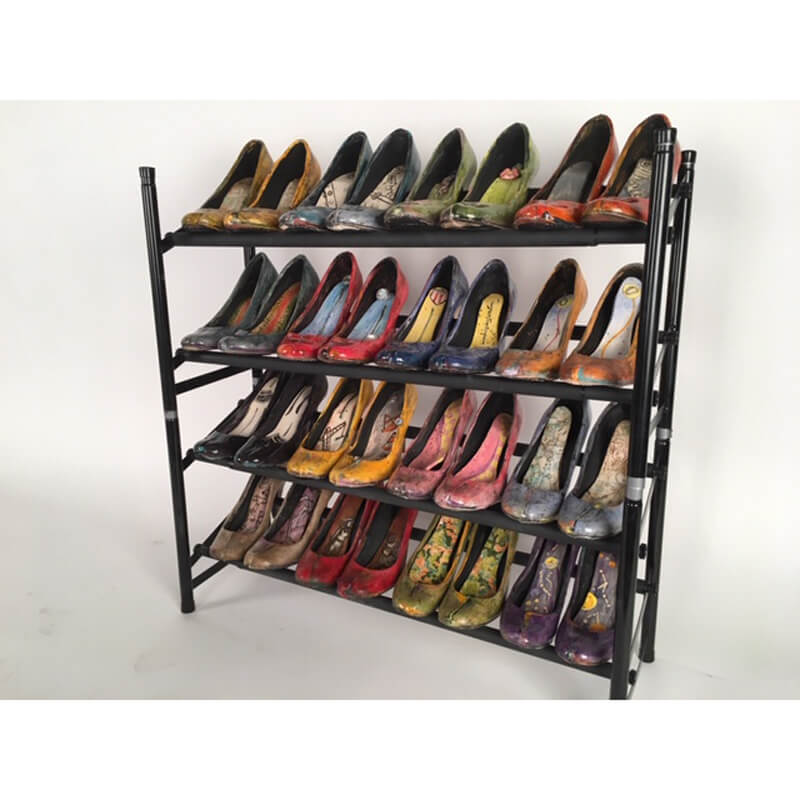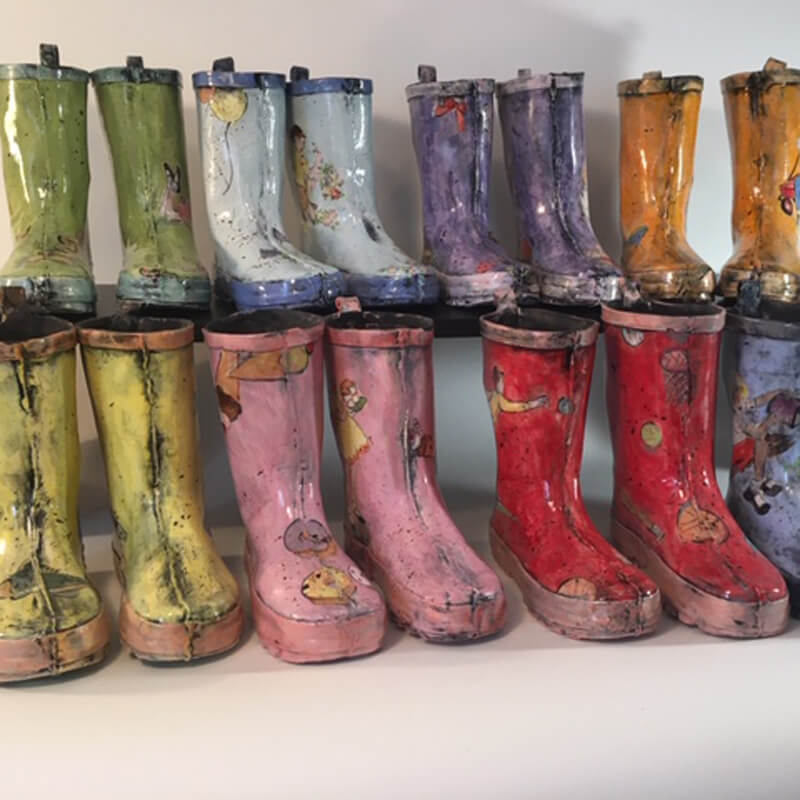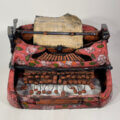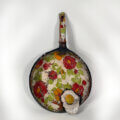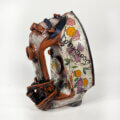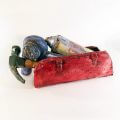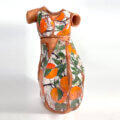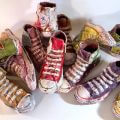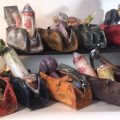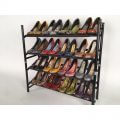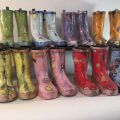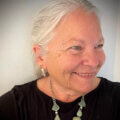
Red Lodge Clay Center – Short-Term Resident 2020, 2023
My interest in becoming an artist began in elementary school. I discovered that I could make drawings for my classmates that could be traded for various things like answers to homework, lunch items and even money. By the time I was in high school, I was thoroughly committed to the art path, seldom venturing from the art wing of the school. At that time, I had a phenomenal art teacher who took me under her wing and influenced my decision to also teach high school art. In college, at Wichita State University earning a bachelor’s and master’s degree.
Now living in Peyton, Colorado, I work in my own studio, getting up each morning and looking forward to immersing myself in creative clay endeavors. The pieces I make involve the processes of coiling and slab building as well as carving though the surface to open up negative spaces. I also create a number of my own plaster molds from mainly clothing articles found at thrift stores and cast these with various different casting slips. I thoroughly love the finishing process typically layering underglazes and covering with clear glazes. Some finishes are achieved by using underglazes as well as paints, encaustic waxes and oils. I work toward creating a layered and visceral surface.
Although I may experiment with various motifs and have worked in photography and fibers, my art always comes back to dress forms and accessories. This is because women are complicated and the clothing is an outward manifestation of the stories that we carry. The clay is a hard and strong surface for images and textures that can be sometimes fragile and delicate. Earlier works are in large scale, sewn and waxed paper dress forms. Some dresses are as much as 15 feet in length.
My work has been shown in a variety of galleries and exhibits and has won a number of awards. Over the years, I have received scholarships and invitations to study at Anderson Ranch in Aspen, School of the Art Institute in Chicago, and Fulbright studies to Japan and Argentina. I am currently represented in Abbey Lane Art Gallery in Creede, Colorado. I share a home with my husband and a dog.
Growing up, it was an expectation in my family that girls were to be the picture of pristine femininity. This meant wearing clean, crisp matching clothes, perfectly coiffed hair, the ability to cook and sew or essentially the 1950s ads of happy women in pearls and skirts vacuuming the carpet. While this was a clear expectation of me from my parents, no one taught me how to accomplish this. My mom had little interest in teaching me about how to apply make up, wash and iron clothes, or how to sew a zig zag stitch with sewing machine. If any of these were things I wanted to know how to do, I had to observe carefully what others did to achieve these feats. I watched my classmates’ ability to apply model like make up and fix their hair with magazine like perfection. I could never quite get it right all through high school and entered college knowing that surface, feminine appearances were not my strength. I did know, though, that I belonged in the area of the arts, wearing my mismatched jeans and tee shirts with messy hair tucked into a ball cap. Painting and ceramics were both of interest to me and I had multiple museum and gallery encounters with works by Rauschenberg, Soldner, Voulkos, and the like. In a particular painting class, I recall striving to refine all the fussy details of my still life painting only to have my male instructor walk by, grab a brush, and paint over an area with broad, bold strokes while commenting, “See, isn’t that much better, you need to see the whole picture, not those details.” In ceramics classes, low fire clays, underglazes and small scale works were equally denigrated. I learned quickly that throwing anything under 25 pounds was beginner, anything not salt fired, wood fired or cone 10 was just practice and for non serious potters who didn’t know how to play with the big boys. After several years of trying to get into the boys’ club by painting with broad, bold and sloppy brush strokes or punching holes into clay vessels, I found that I wanted to embrace those feminine qualities that I could never and can still not achieve for my personal appearance.
I continue to want to embrace the beauty of the surface. I love the repetition of things like sprig molds that somehow feel like the fine stitches of quilting. I want to celebrate the surface and treat it with the same importance that the big boys got with their broad, gutsy brush strokes or deconstruction of form in clay. I love those things. I spent hours salivating over the visceral aspects of those works. But, I want to celebrate the equal visceral qualities of the refined, sensual works featuring fussy like detail.

